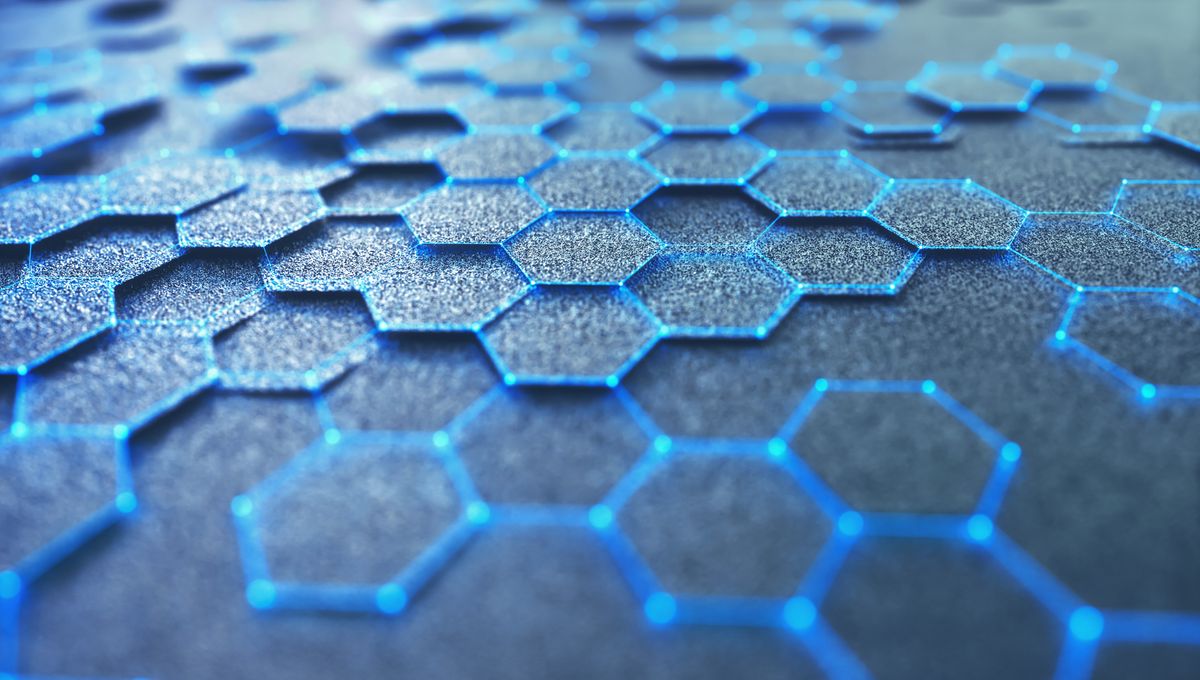
Diamonds are not just a girl’s best friend, they have long been the best friends of quantum scientists thanks to a wide range of useful properties. They make extremely good quantum sensors, by and large outdoing the competition. But diamonds are not perfect, and now a team has worked out how to give an alternative material the edge to potentially become the greatest quantum sensor of all time.
The reasons why diamonds are so useful in the quantum world are because their lattice structures and optical properties allow them to preserve quantum states like spin, their sensitivity to magnetic fields, and their ability to be useful at room temperature rather than requiring specific extreme temperatures. The drawback, however, is simple. As diamonds get smaller they actually start to crumble. So for the smallest applications in the quantum world, these incredible sensors are useless.
An alternative has been a material called hBN or hexagonal boron nitride. Recent research suggests intriguing quantum potential when it comes to boron vacancies. In this molecular lattice, there is a single atom missing – the vacancy In question – and it can have different charges. Only the negatively charged state has the right properties for a good quantum sensor.
A new study actually shows how to manipulate and monitor hBN to keep the negatively charged boron vacancy, making the material exactly what is needed in quantum systems. Quantum sensors promise higher sensitivity and spatial resolution than regular sensors.
“We’ve characterized this material and discovered unique and very cool properties, but the study of hBN is in its early days,” said co-lead author Dominic Scognamiglio, from the ARC Centre of Excellence for Transformative Meta-Optical Systems, in a statement. “There are no other publications on charge state switching, manipulation or stability of boron vacancies, which is why we’re taking the first step in filling this literature gap and understanding this material better.”
“This research shows that hBN has the potential to replace diamond as the preferential material for quantum sensing and quantum information processing because we can stabilize the atomic defects that underpin these applications resulting in 2D hBN layers that could be integrated into devices where diamond can’t be,” added co-lead author Angus Gale.
The system’s setup combines a confocal photoluminescent microscope with a scanning electron microscope. This is what allowed the team to measure and manipulate the material in a way that is useful.
“The approach is novel in that it allows us to focus the laser onto and image individual defects in hBN, whilst they are manipulated using electronic circuits and using an electron beam,” Gale added. “This modification to the microscope is unique; it was incredibly useful and streamlined our workflow significantly.”
The study is published in Nano Letters.
Source Link: New Material Is Even Better Than Diamonds For Quantum Sensors